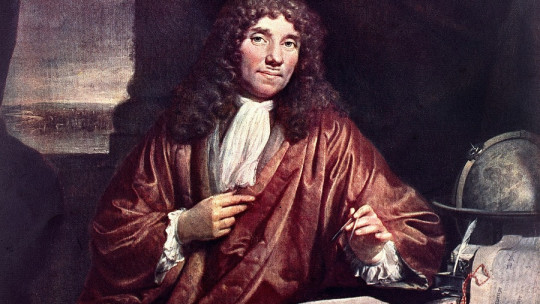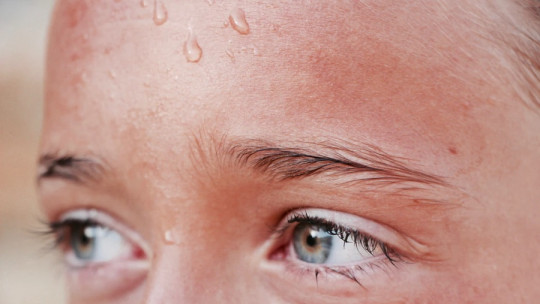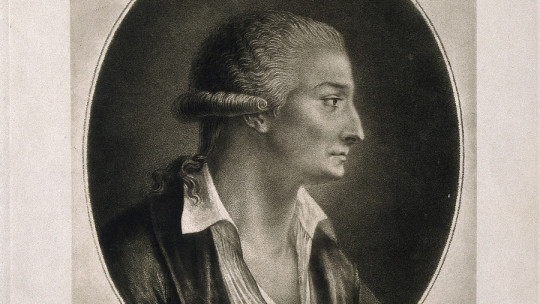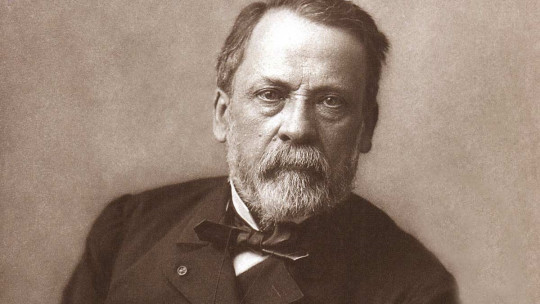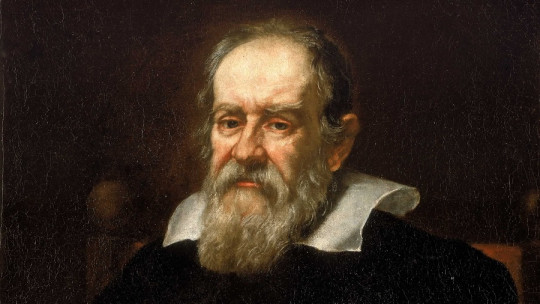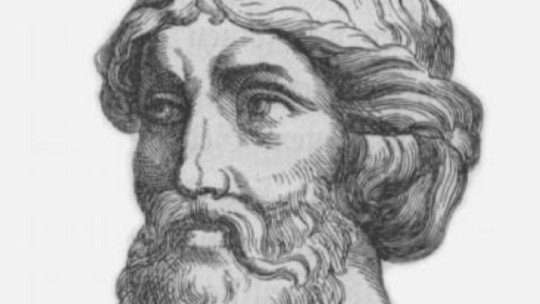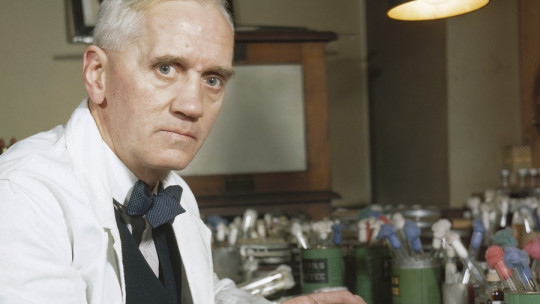The world of microbiology conditions our existence, although we are not able to observe its members with the naked eye. Bacteria are the second largest producers of carbon on Earth, contributing no more and no less than 70 gigatons of global organic matter, that is, 15% of what is present in all ecosystems. From oxygen synthesis to the regulation of biogeochemical cycles, bacteria and archaea are essential for life.
In any case, you don’t have to go far to discover the functionality of these fascinating microscopic beings. Within our gastrointestinal system, a true specialized microbial ecosystem proliferates, which helps us digest foods of plant origin, prevents the colonization of pathogens and, in addition, guides our immune system in the first vital stages towards the path of specialization. From the skin to the intestine, we can perceive an undeniable reality: we are, in part, our microorganisms.
To run in the field of microbiological research as we do today, someone had to go back in time and lay the foundations for what we now perceive as obvious. Stay with us, then today We tell you everything about Antonie Philips van Leeuwenhoek, or Anton van Leeuwenhoek, considered the “Father of Microbiology”, through a biography of this scientist
Brief biography of Antonie van Leeuwenhoek
“My work, which I have been doing for a long time, was not pursued to achieve the admiration that I enjoy today, but mainly out of a desire for knowledge, which I notice resides in me more than in most men. Therefore, whenever I discovered something remarkable, I thought it my duty to put it down on paper, so that every ingenious person could be informed of it.”
Antonie van Leeuwenhoek, June 12, 1716.
With this enlightening quote, we dive directly into the life of Antonie van Leeuwenhoek, one of the first microscopists and microbiologists to set foot on the face of the Earth This fascinating thinker was born on October 24, 1632, in the city of Delft (South Holland), son of a modest family, to say the least: his father made baskets, while his mother’s family was a brewer.
We are not going to dwell too much on the particularities of his childhood, since it is enough for us to know that we are dealing with a very atypical microbiologist: He did not have fortunes, he did not obtain a higher education or graduate from university, since he dedicated his first working years to working as a merchant, surveyor, wine taster and minor city official As you can see, in rare cases, genius is not found among books.
In any case, Leeuwenhoek enjoyed a strong reputation in the city of Delft, as he had a textile store and did multiple jobs for local government organizations.
Leeuwenhoek and microscopes
Unlike other thinkers of the moment, Antonie van Leeuwenhoek’s discoveries lie solely in his ability to make lenses of exceptional nature When he was working in the textile industry, this genius became interested in these optical devices, as he wanted to perfect his spinning techniques by observing the materials more closely.
There are several ways to create lenses from commonly used materials (such as burning glass from soft drink containers or forming biconcave areas from bubbles in crystalline materials), but the reality is that, To this day, no one knows how Leeuwenhoek made his lenses Fortunately or unfortunately, it is a secret that this thinker took to the grave.
In 1665, the English scientist Robert Hooke published the work Micrographia, in which drawings of images collected through optical microscopy techniques appear, for the first time in the history of humanity. It included magnified versions of inert objects (such as ice and snow), observations about the animal kingdom, detailed pieces of cork, and much more. This work was a true milestone for science, because for the first time we realized as a species that, behind our eyes, there was an entire world to discover.
Surely Leeuwenhoek thought the same as us, since he visited London in 1668 and it is believed that he was able to get his hands on a copy of Micrographia. This work describes how a powerful microscope can be made using spherical lenses, very similar to those created by Leeuwenhoek to analyze their textile samples: as they say in many parts of the world, hunger surely combined with the desire to eat.
From here, the rest is history. It is believed that during his lifetime Leeuwenhoek made more than 500 microscopes, of which only about 10 survive today. Without going any further, the Museum of Human Evolution of Burgos exhibited in 2017 in Spain one of these few microscopes dated as “official”, being the main piece of “Vermeer’s friend. The eye and the lens”.
The discoveries of Antonie van Leeuwenhoek
Concentrating everything this thinker did in a few lines is a real challenge, since it is not in vain that he is known as the father of microbiology. In any case, we will cite some of his most relevant discoveries in the following lines.
In 1674, Leeuwenhoek made what may be his most important discovery: dating the existence of single-celled microscopic organisms In a letter written this year, the thinker described in text the observations that he had detected when microscopically analyzing a sample of water from a lake, including an extremely detailed description of specimens of Spirogyraprotists with chloroplasts arranged in a helical shape.
During this same year, Leeuwenhoek observed under a microscope a blood sample with red blood cells, which had been discovered 6 years ago With the magnificence of his lenses, he was able to describe the atypical shape of these blood cells, whose functionality we know perfectly well today.
Beyond all these essential discoveries, Leeuwenhoek He described for the first time bacterial plaque (from samples from his own mouth), various types of bacteria, the existence of vacuoles in plant cells, sperm and their functionality or the nature of muscle tissue All these things may seem obvious today, but without a doubt, each discovery in its day represented a revolution for the scientific community.
The discovery of sperm is also cited as one of the greatest milestones of his career, since thanks to him we know, today, that two haploid cells (egg and sperm) must unite to give rise to a functional zygote. He also found many other beings of a microscopic nature that inhabit ecosystems, such as various nematodes and rotifers, which remain under investigation even today.
The legacy of this scientist, and final reflection
It is estimated that, by the date of his death (1723, at 90 years of age), Leeuwenhoek He had written more than 560 letters for the Royal Society (Royal Society of London for the Advancement of Natural Science) and other scientific entities In these writings, he collected each and every one of his observations, with drawings and detailed descriptions. It is known that he sent letters to these institutions until practically the moment of his death, including descriptions of the illness that led to his death.
The famous London biochemist Nick Lane describes Leeuwenhoek as follows: “the first even to think of looking—certainly, the first with the power to see.” )”. He is right, because the father of microbiology showed us that, in many cases, intrinsic genius and the desire for knowledge is enough to make a difference in the world, beyond studies, university degrees and purchasing power.
Leeuwenhoek opened the door to the world of the microscopic , all thanks to the lenses he was able to make and his tireless desire to know. Today, we can only ask ourselves: how many things will escape us as a species, having not been observed by the appropriate eyes and under the relevant prism?

